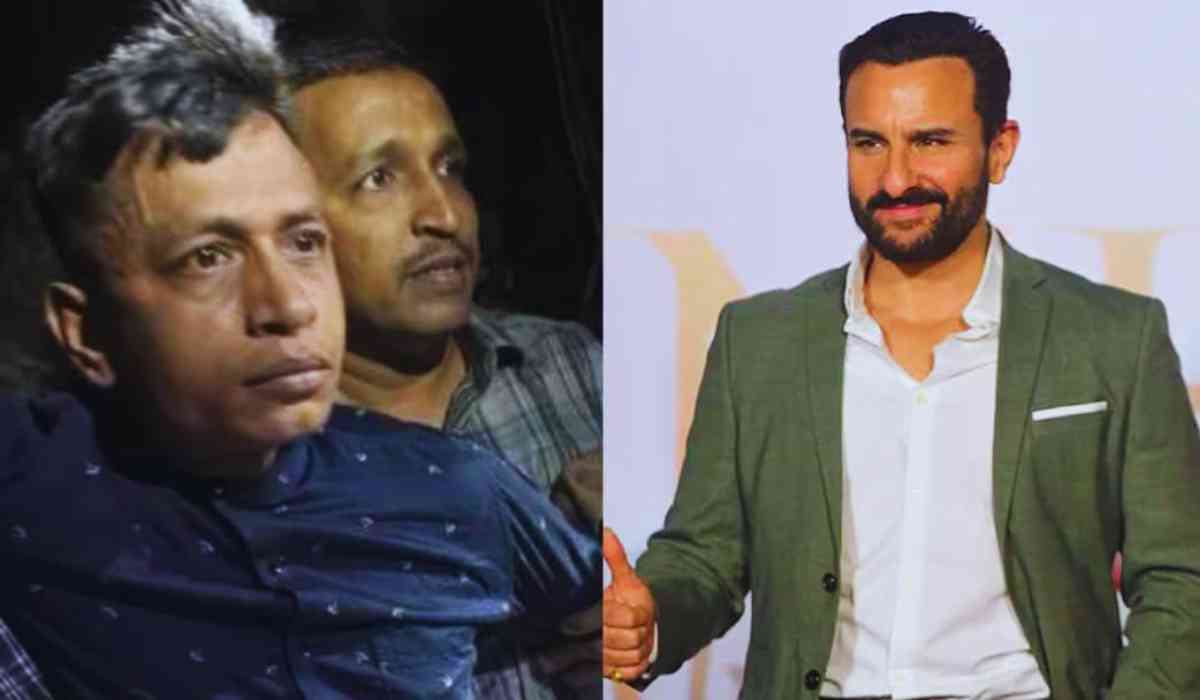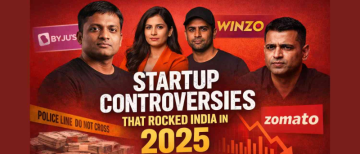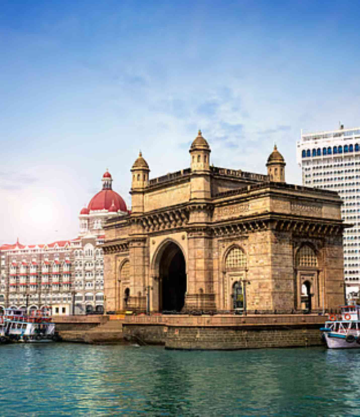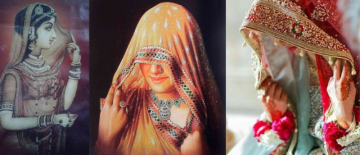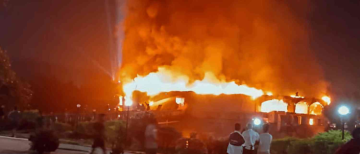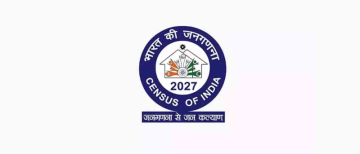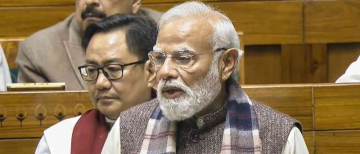The recent stabbing incident involving Bollywood actor Saif Ali Khan has ignited a fierce debate about the state of India's judiciary and the socio-legal dynamics surrounding high-profile cases. The attack, which occurred in Khan's Bandra residence on January 16, 2025, left him with severe injuries and has raised questions about the treatment of both victims and perpetrators within the legal system.
Incident Overview
Saif Ali Khan was attacked by Mohd Shariful Islam Shehzad, a Bangladeshi national who allegedly entered the actor's home with the intent to commit theft. The confrontation escalated when Khan intervened, resulting in him being stabbed multiple times. The police apprehended Shehzad after a thorough investigation that included tracking his movements through digital transactions and CCTV footage. He was later presented in a Mumbai court amidst unusual courtroom drama, where two lawyers competed to represent him, highlighting the case's high profile.
Saif Ali Khan's Perspective
Khan's experience as a victim of violent crime sheds light on broader issues within Indian society. The attack not only endangered his life but also exposed vulnerabilities within celebrity culture, where public figures can become targets due to their status. Khan’s situation underscores the urgent need for effective legal protections for all citizens, especially those in the public eye. His recovery from the attack is ongoing, but the psychological impact and public scrutiny he faces are significant.
Judiciary's Role and Challenges
The judiciary in India has been criticized for its handling of cases involving marginalized individuals or those from lower socio-economic backgrounds. The dramatic scenes in court, where lawyers jostled for representation of Shehzad, reflect a legal system that can sometimes prioritize sensationalism over justice. This incident raises critical questions about access to legal representation and the rights of accused individuals, particularly when they come from disadvantaged backgrounds.
Key Issues:
- Access to Justice: The competition among lawyers to represent Shehzad illustrates how high-profile cases can attract attention from legal professionals eager to build their reputations. However, this often overshadows the fundamental rights of defendants who may not have adequate resources or representation.
- Judicial Efficiency: The incident highlights potential inefficiencies within the judicial process, where cases can become spectacles rather than serious legal proceedings focused on justice.
- Public Perception: The media coverage surrounding such cases often influences public perception of justice and fairness within the system. High-profile cases can lead to a sense of disillusionment among ordinary citizens regarding their own experiences with law enforcement and judicial processes.
Conclusion
The clash over Saif Ali Khan's attacker not only emphasizes the complexities surrounding individual rights within India's judiciary but also reflects societal issues related to crime, celebrity culture, and legal representation. As India continues to grapple with these challenges, it is essential for reforms to address both systemic inequalities and the need for a judiciary that serves all citizens equitably. The ongoing discussions around this case will likely shape future discourse on justice in India, highlighting the importance of balancing celebrity status with fundamental human rights.
With inputs from agencies
Image Source: Multiple agencies
*The views expressed are personal to the author and do not reflect the platform's opinion of
the same.
© Copyright 2024. All Rights Reserved Powered by Vygr Media.

